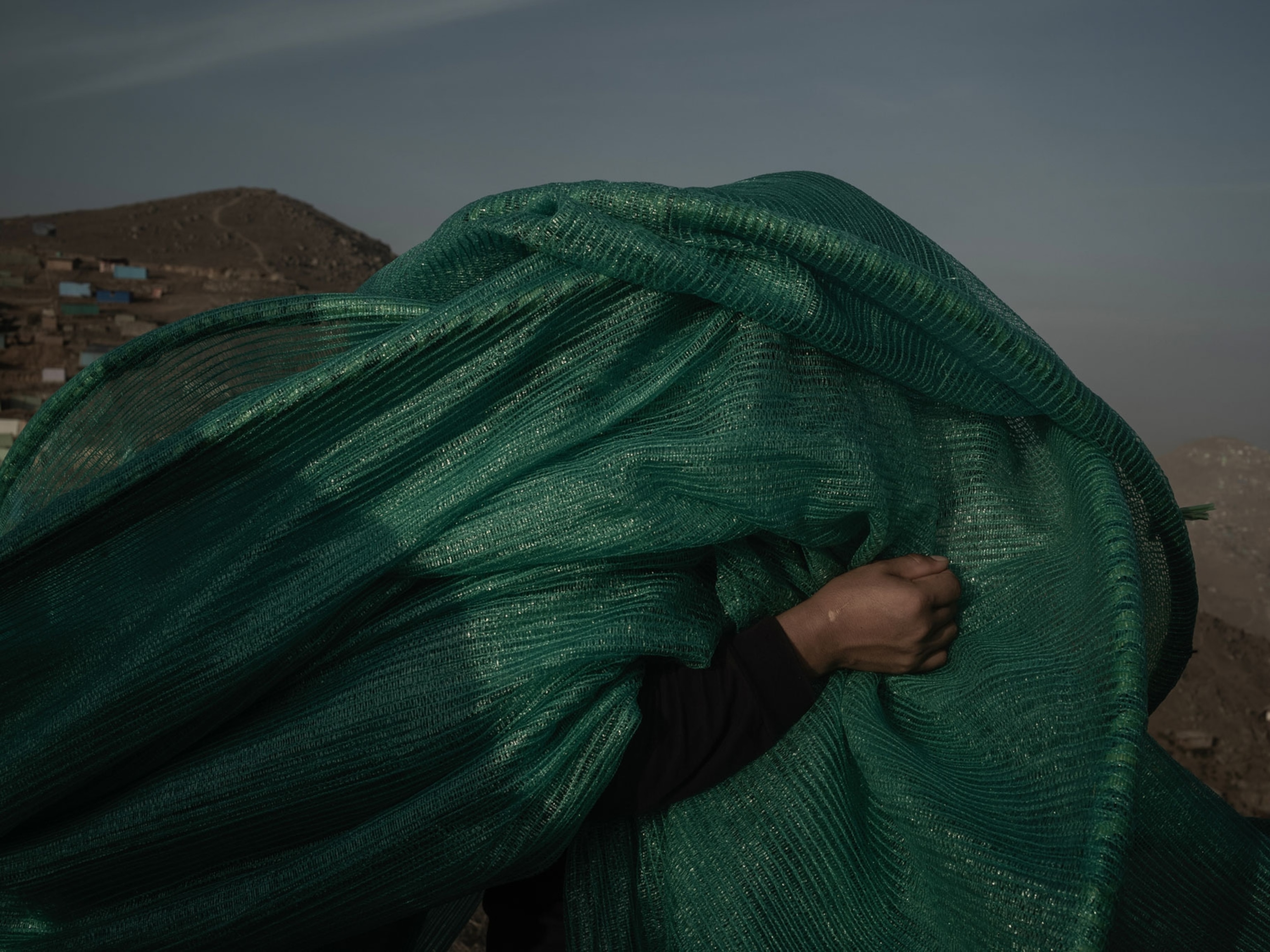







Pictures Show Stunning Inequality in World Water Use
When a photographer's family looked at their own water use, they were amazed—and appalled.
From India to Bolivia, it was always the women who knew exactly how much water their family needed.
When photographer Ashley Gilbertson sat down in households across six countries to document water access for UNICEF, he’d ask them to tally their daily usage. Then he’d display the total amount used in plastic containers filled from the local source.
Although it was wives and daughters who gathered, purified, cooked, and cleaned with the water, their husbands or fathers answered first. “The men would often have no idea how difficult it was to get the water or how much water was being used,” he recalls. “I’d say, ‘I think we should talk to your wife,’ and she’d start laughing.”
The inequality of the chore shocked Gilbertson. Some women he met walked for miles to reach the nearest source. Every day, women and children around the world spend a collective 125 million hours gathering water, according to Water.org.
“Water is a very gendered subject,” says Lesley Pories, the institutional partnerships manager at Water.org. “In a society where water comes only at certain times of a day, one’s whole day is likely to revolve around water collection.” The task, she adds, becomes “an obstacle to paid work or education.”
Gilbertson also wanted to photograph water usage in the developed world. When he came home to New York City, he decided it was only fair to use himself as the subject. He and his wife tracked their water usage—the 1,000 daily liters “astonished” them—and posed with the bottles.
“I turn on the tap; water comes out,” Gilbertson says. “When you work with people who have to collect that water, you really feel the value of that resource. You actually feel it: It’s really heavy to carry.”
Related Topics
You May Also Like
Go Further
Animals
- This ‘saber-toothed’ salmon wasn’t quite what we thoughtThis ‘saber-toothed’ salmon wasn’t quite what we thought
- Why this rhino-zebra friendship makes perfect senseWhy this rhino-zebra friendship makes perfect sense
- When did bioluminescence evolve? It’s older than we thought.When did bioluminescence evolve? It’s older than we thought.
- Soy, skim … spider. Are any of these technically milk?Soy, skim … spider. Are any of these technically milk?
- This pristine piece of the Amazon shows nature’s resilienceThis pristine piece of the Amazon shows nature’s resilience
Environment
- This pristine piece of the Amazon shows nature’s resilienceThis pristine piece of the Amazon shows nature’s resilience
- Listen to 30 years of climate change transformed into haunting musicListen to 30 years of climate change transformed into haunting music
- This ancient society tried to stop El Niño—with child sacrificeThis ancient society tried to stop El Niño—with child sacrifice
- U.S. plans to clean its drinking water. What does that mean?U.S. plans to clean its drinking water. What does that mean?
History & Culture
- Séances at the White House? Why these first ladies turned to the occultSéances at the White House? Why these first ladies turned to the occult
- Gambling is everywhere now. When is that a problem?Gambling is everywhere now. When is that a problem?
- Beauty is pain—at least it was in 17th-century SpainBeauty is pain—at least it was in 17th-century Spain
- The real spies who inspired ‘The Ministry of Ungentlemanly Warfare’The real spies who inspired ‘The Ministry of Ungentlemanly Warfare’
- Heard of Zoroastrianism? The religion still has fervent followersHeard of Zoroastrianism? The religion still has fervent followers
Science
- Here's how astronomers found one of the rarest phenomenons in spaceHere's how astronomers found one of the rarest phenomenons in space
- Not an extrovert or introvert? There’s a word for that.Not an extrovert or introvert? There’s a word for that.
- NASA has a plan to clean up space junk—but is going green enough?NASA has a plan to clean up space junk—but is going green enough?
- Soy, skim … spider. Are any of these technically milk?Soy, skim … spider. Are any of these technically milk?
- Can aspirin help protect against colorectal cancers?Can aspirin help protect against colorectal cancers?
Travel
- What it's like to hike the Camino del Mayab in MexicoWhat it's like to hike the Camino del Mayab in Mexico
- Is this small English town Yorkshire's culinary capital?Is this small English town Yorkshire's culinary capital?
- Follow in the footsteps of Robin Hood in Sherwood ForestFollow in the footsteps of Robin Hood in Sherwood Forest
- This chef is taking Indian cuisine in a bold new directionThis chef is taking Indian cuisine in a bold new direction




